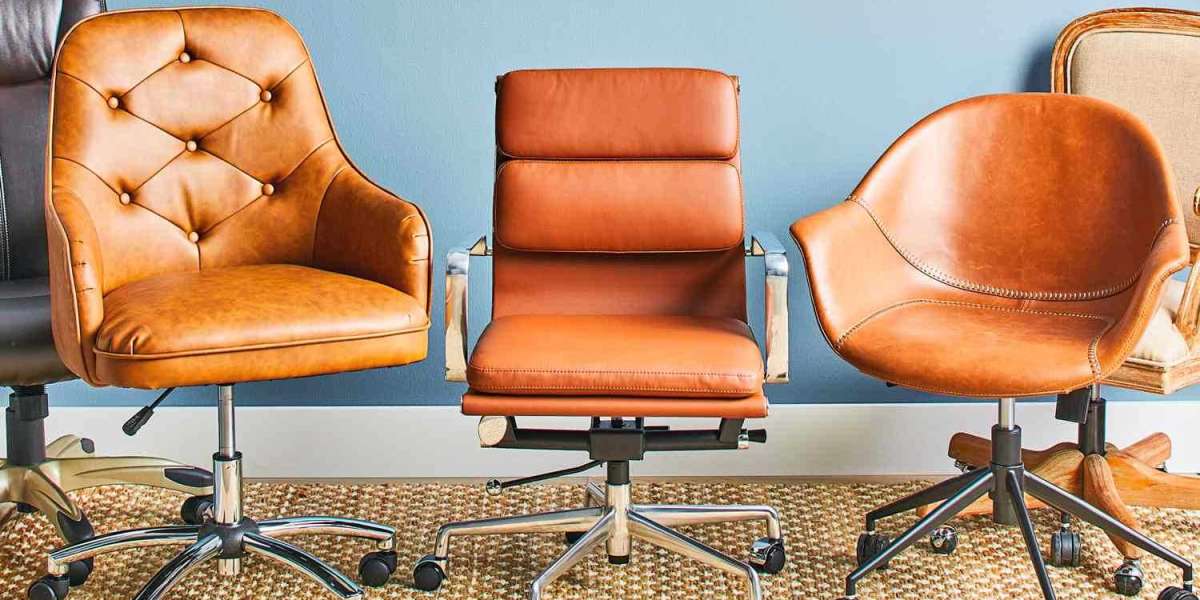Today’s workplaces are more diverse than ever, often housing multiple generations, from Baby Boomers to Gen Z. Each generation may have different working styles, preferences, and ergonomic needs, making the selection of office furniture crucial for creating an inclusive and productive environment. Here’s a guide to choosing office furniture that accommodates the needs of a multi-generational workforce.
1. Ergonomic and Adjustable Furniture
One of the most important considerations for multi-generational offices is ensuring that the furniture is ergonomically sound and adjustable. Different generations may have varying preferences for how they sit, stand, and move throughout the day.
- Suggestions:
- Height-adjustable desks allow employees to switch between sitting and standing positions, which is beneficial for those who may experience discomfort from sitting for long hours (often a concern for older workers).
- Ergonomic chairs with adjustable seat height, lumbar support, and armrests cater to individuals of different body types and comfort levels.
- Ensure monitor arms and keyboard trays can be positioned to suit different ergonomic needs, preventing strain on necks, shoulders, and wrists.
2. Flexible and Modular Furniture
Generations vary in their work styles, from Baby Boomers who may prefer individual workstations to younger generations like Millennials and Gen Z who often enjoy collaborative, open environments. To accommodate all, flexible and modular furniture is essential.
- Suggestions:
- Modular desks and tables that can be rearranged easily allow teams to adapt the space for different tasks, whether for individual work or team collaboration.
- Mobile workstations give employees the flexibility to move and customize their workspace according to their preferences, helping both introverted and extroverted workers feel comfortable.
- Flexible seating options, such as movable lounge chairs or stools, allow workers to create a more relaxed work setting when needed.
3. Variety of Seating Options
Different generations have different comfort levels and preferences when it comes to seating. Some may prioritize posture and back support, while others may prefer a more relaxed, informal seating style. Offering a range of seating options is key to addressing these diverse needs.
- Suggestions:
- Offer a mix of task chairs, lounge seating, and standing desks so employees can choose based on their comfort preferences and the task at hand.
- Active seating options like stability balls or kneeling chairs can appeal to younger workers who prefer dynamic movement throughout the day.
- For older workers or those with specific health concerns, invest in chairs with enhanced lumbar support and cushion to ensure long-term comfort.
4. Technology-Friendly Furniture
Each generation has different comfort levels with technology, but providing furniture that seamlessly integrates technology will benefit all workers. The ability to easily connect devices, manage cables, and use tech tools can enhance productivity across age groups.
- Suggestions:
- Desks with built-in charging stations or USB ports make it easy for employees to stay connected without needing to search for outlets.
- Include cable management solutions in desks and tables to keep workspaces clutter-free and organized, reducing frustration for tech-savvy and less tech-inclined workers alike.
- Media-sharing tables with integrated power and AV solutions encourage collaboration across teams, helping all generations work together more efficiently.
5. Collaboration Spaces
Different generations may have varying preferences for collaboration. While younger employees may thrive in open, collaborative spaces, older generations may prefer more private or semi-private areas for focused work. Offering a balance of both will create a more inclusive environment.
- Suggestions:
- Breakout areas with soft seating and collaborative tables encourage spontaneous meetings and discussions, appealing to younger workers who enjoy a casual atmosphere.
- Create enclosed pods or meeting rooms with comfortable furniture for employees who prefer quiet spaces for focused, uninterrupted work or more formal meetings.
- Use multi-purpose furniture like foldable tables or movable whiteboards to transform spaces quickly, allowing for impromptu collaboration or individual work.
6. Consideration of Design and Aesthetics
Workplace aesthetics also play a role in employee satisfaction and engagement. Younger generations may lean toward modern, open designs with bright colors, while older generations may feel more comfortable in traditional, subdued environments. Striking a balance between modernity and familiarity is key.
- Suggestions:
- Choose neutral color schemes with pops of color to create a balance between youthful energy and professional elegance.
- Incorporate biophilic design elements, like natural wood finishes and greenery, to create a calming environment that appeals to all age groups.
- Use a combination of modern and classic design elements in furniture to create a space that feels welcoming to both older and younger employees.
7. Wellness-Oriented Furniture
Health and wellness are concerns across generations, but the approach varies. While younger workers may prioritize fitness and movement, older generations may focus on comfort and preventing physical strain. Furniture that supports overall wellness can benefit all employees.
- Suggestions:
- Provide standing desk options for employees who want to reduce sitting time and improve posture, appealing to all ages focused on health.
- Anti-fatigue mats for standing desks can improve comfort for workers of any age who choose to stand while working.
- Install reclining or rocking chairs in relaxation areas to give employees of all ages a place to decompress and recharge during breaks.
8. Storage Solutions for Different Needs
Different generations have varying levels of comfort with paper and digital storage. While younger generations may prefer cloud storage and minimal physical filing, older employees may be more accustomed to keeping hard copies of important documents. Offering diverse storage solutions ensures everyone’s needs are met.
- Suggestions:
- Incorporate a mix of traditional filing cabinets and digital-friendly storage solutions such as lockable drawers for personal devices.
- Open shelving allows for easy access to shared resources, while personal lockers or cabinets provide individual storage for employees who need it.
- Use multi-functional storage units that can double as room dividers or even seating areas to maximize space.
Conclusion
Creating a multi-generational workplace that suits everyone’s needs requires thoughtful office furniture choices that prioritize ergonomics, flexibility, and inclusivity. By offering a variety of seating options, ergonomic solutions, collaborative spaces, and technology-friendly designs, you can create a workspace that fosters productivity, comfort, and collaboration for employees of all ages.
reddestin.pk








